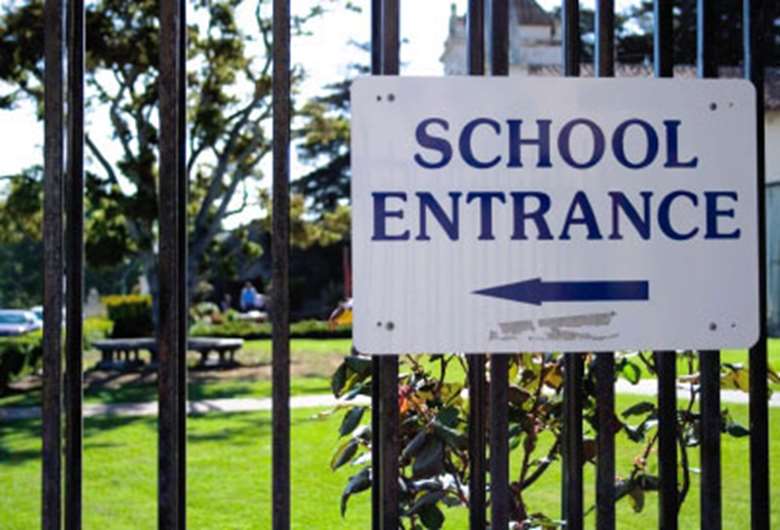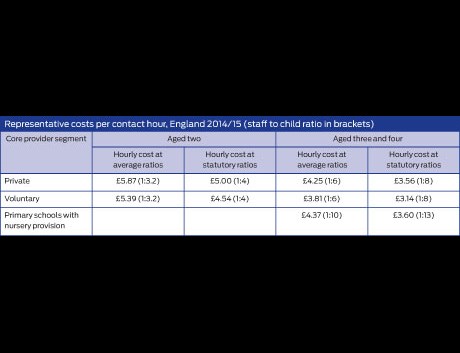Attainment gap closing ‘too slowly’
Monday, August 7, 2017
The gap between disadvantaged and advantaged children is closing, but very slowly, finds a new report on social mobility.

The gap between disadvantaged and advantaged children is closing, but very slowly, finds a new report on social mobility.
According to the ‘Closing the Gap’ report by the Education Policy Institute (EPI), between 2007 and 2016 the attainment gap by the end of primary school narrowed by 2.8 months, and the gap by age five by 1.2 months.
While it acknowledges there has been some progress, it says it is taking too long. At current rates, the EPI estimates it will take 50 years for the attainment gap to close completely by the time pupils take their GCSEs.
The report, which compares the attainment of disadvantaged children with that of other pupils in the early years, primary and secondary schools in England, finds that the gap grows as children progress through the education system. The gap ranges from zero to seven months in the early years, five to 13 months at the end of primary, and one month to more than two years at the end of secondary school.
EPI executive director and head of research Natalie Perera said the findings demonstrate the need to ‘intervene earlier in a child’s life’.
The report also finds that the gap ‘significantly’ varies across the country. The gap is smaller in London, the South and the East, while in the East Midlands, the Humber, North and South West the gap is ‘significantly’ larger.
Broken down by local authority, Halton (Cheshire) and Rutland had the largest attainment gap in the early years at 7.1 months and 6.6 months respectively in 2016.
In comparison, in the London borough of Newham there was a very slight positive gap between disadvantaged children and their peers in the early years. The negative gap was relatively small in Redbridge (1.6 months), Haringey (1.6 months) and Southend-on-Sea (1.8 months).

MAKING AN IMPACT
Councillor Quintin Peppiatt, cabinet member for children and young people at Newham Council, told Nursery World, ‘We are glad that the work we are doing to support our youngest residents is truly making a difference as we are committed to giving each child the best start in life. Despite the fact that Newham still has a high level of children from the vulnerable groups, we have continued to narrow the gap for our most disadvantaged children.’
The council said its approaches include the restructuring of its early years offer by integrating childcare, children’s centre and early years health provision into a Best Start in Life programme, development of its quality improvement programme for childcare provision, and the introduction of tracking systems to enable early identification of target groups and their needs.
Ms Perera said, ‘The socio-economic gap emerges in the early years and, in some parts of the country, the gap is larger than six months by age five. For many children, the gap continues to widen as they progress through primary school and we find that, on average, the socio-economic gap has grown to 9.5 months by the age of 11.
‘These findings demonstrate the need to intervene earlier if we are to secure real equality of opportunity and outcomes. Leaving it to secondary schools is simply too late when the vast majority of inequality is already entrenched much earlier on.’




